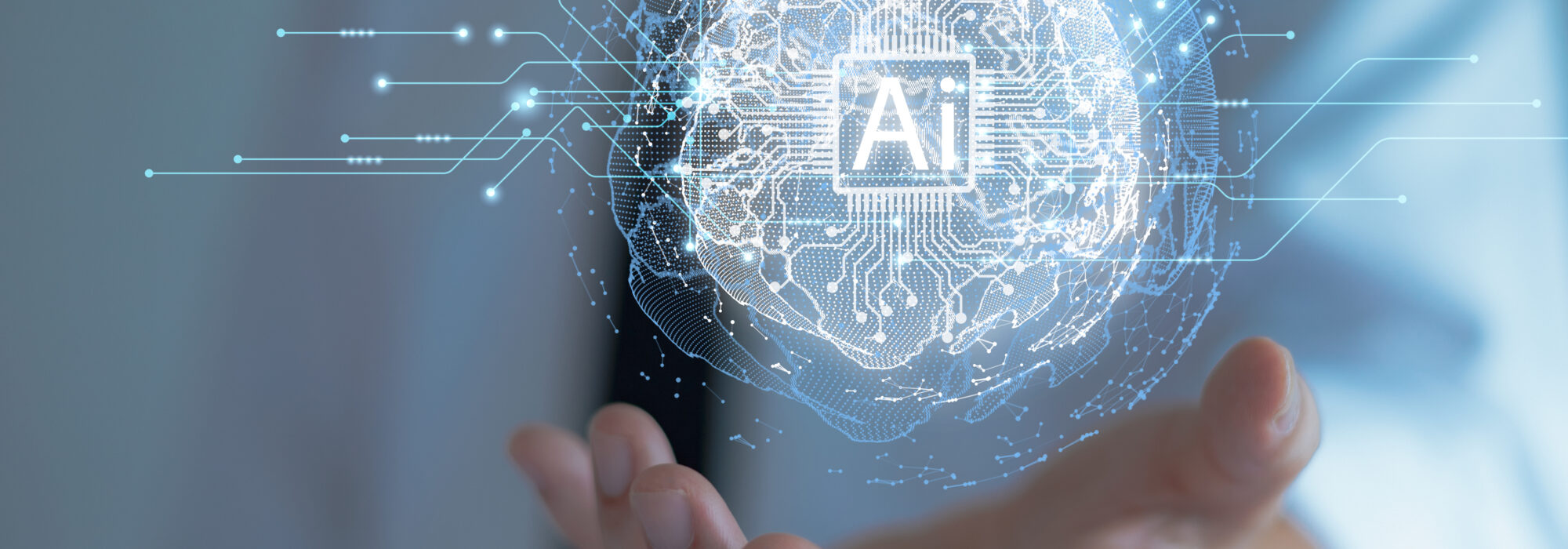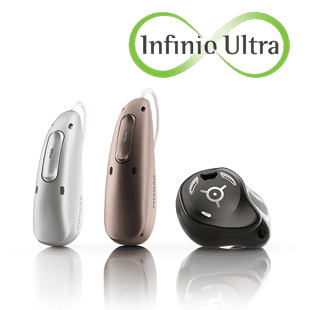
The role of DNN in speech enhancement for hearing aids
Speech enhancement is one of the most difficult challenges in hearing care, and deep neural networks (DNNs) are changing what’s possible. This article highlights key insights from the AI in Audiology on-demand webinar series.
Artificial Intelligence (AI) has come a long way from its early conceptual roots to becoming a transformative force across many industries, including hearing care. Among the most powerful tools in the AI toolbox are deep neural networks (DNNs), which are now redefining how hearing aids process sound, especially in challenging environments.
Applying DNNs to hearing aid technology, particularly for speech enhancement, presents one of the most demanding challenges in our field. During my recent talk at the AI in Audiology webinar series,I shared key insights into why that is, and what it takes to overcome these hurdles.
Why speech enhancement is harder than classification
A neural network learns from large datasets by identifying patterns and adjusting itself based on feedback. In the case of hearing aids, DNNs can be trained to recognize listening environments such as quiet settings, music, or background noise, and make real-time processing decisions.
While environment classification is well established in modern hearing aids, speech enhancement is a far more complex problem. Speech is highly dynamic and varies in tone, pitch, timing, and rhythm. In real-world situations, the presence of multiple speakers and background noise adds to the complexity.
To separate speech from noise effectively, a neural network must analyze both spectral characteristics such as vowels and consonants, and temporal features such as syllables and timing. This level of detail significantly increases the demand for processing power and algorithm design.
A purpose-built architecture for speech
In the presentation, I explain why a specific network architecture known as a U-Net is particularly suited to speech enhancement in hearing care. Unlike generative models, U-Nets are discriminative. They focus on separating speech from background noise without creating new content, making them especially reliable for clinical applications.
However, building the right model is just the beginning. Making it run in real time inside a hearing aid introduces challenges in power efficiency, processing speed, and overall device constraints.
What it means for real-world listening
For patients, the impact of this technology is significant. In clinical evaluations, we’ve seen a noticeable reduction in listening effort, especially in noisy environments like cafés, meetings, or busy streets. Patients report that conversations feel more natural, and that they no longer need to “strain” to catch every word.
One hearing care professional described a client who had stopped attending family dinners because of background noise. With access to this new DNN-based processing, the client was not only able to rejoin family meals but felt confident enough to participate in group discussions again.
These examples are reminders that technical breakthroughs are only meaningful when they translate into better everyday experiences for those living with hearing loss.
From research to real-world implementation
Solving the technical challenges of DNN-based speech enhancement required innovation at multiple levels. We needed a model that performs well in unpredictable sound environments, a way to train that model using large datasets and listener feedback, and a chip capable of handling the computations efficiently within the physical limits of a hearing aid.
I will not give away all the details here, but if you are curious to learn more about the technology behind this breakthrough, including our approach to network training and hardware development, I encourage you to watch the full presentation.
Shaping a human-centered future with AI
AI, and especially DNNs, are not just buzzwords. They are tools that are helping us push the boundaries of what hearing aids can do. More importantly, they are enabling us to create smarter, more personalized, and more human-centered solutions.
To see how this work is already impacting clinical care (and where it could take us next), I invite you to watch the on-demand presentation.
The AI in Audiology webinar series is live!
The webinar series, “Hearing care of the future: AI in Audiology,” is live and ready to explore. Whether you’re just getting started or looking to stay ahead, this is your guide to the AI-powered future of audiology.
Access the webinars now.
